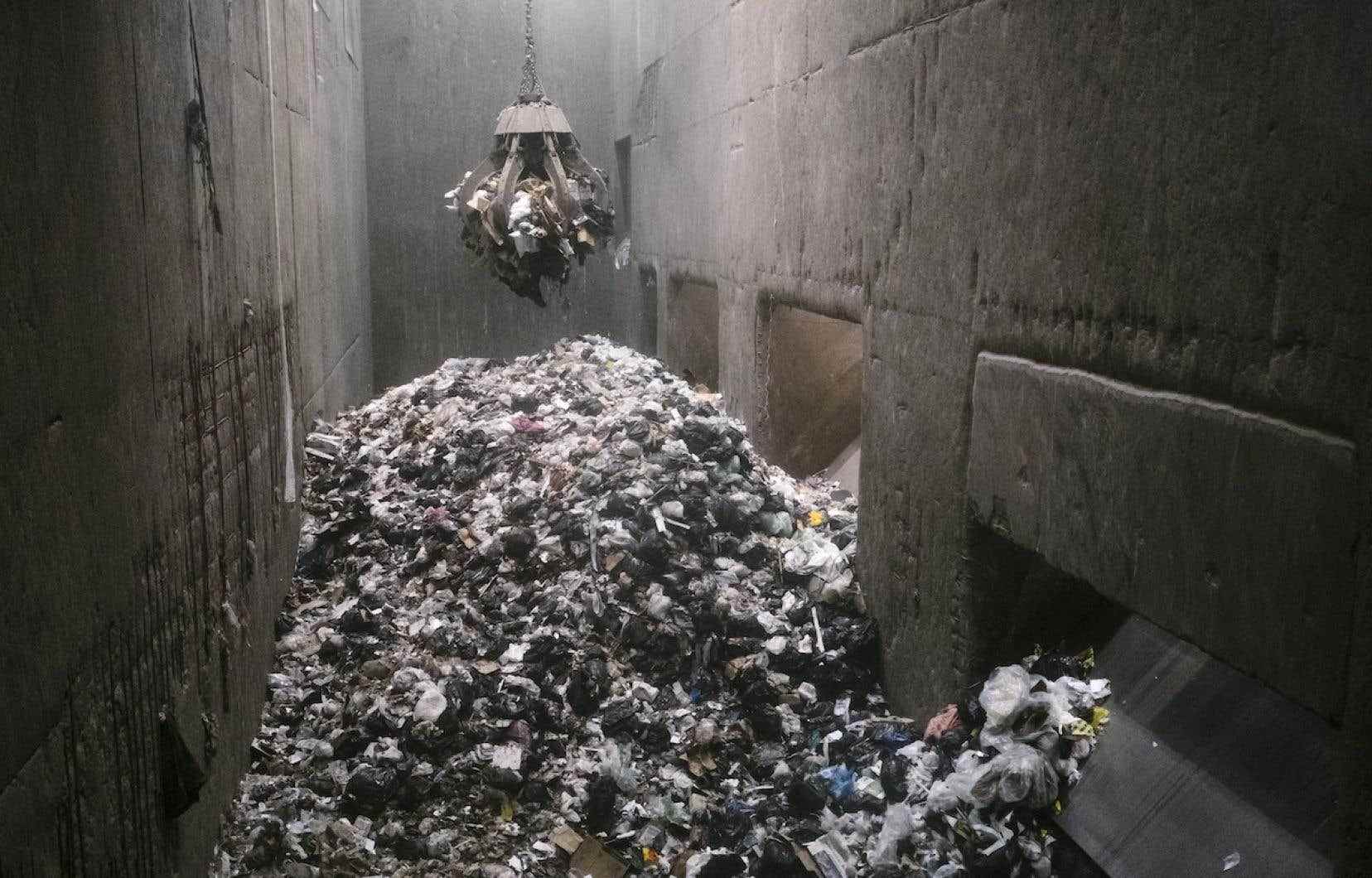This text is taken from the Courrier de la Planète of July 19. Click here to subscribe.
Is it more ecological to burn the waste and use its energy, or to bury it and capture the methane? asks Alex Cool-Fergus. Every year in Quebec, millions of tons of waste must be eliminated. Landfilling is the widely preferred strategy: 96% of the materials eliminated — excluding recycling, composting and sludge from treatment plants — end up in the dump. The remaining 4% is incinerated.
The mountains of rubbish that accumulate in landfills release a greenhouse gas with a warming potential 28 times greater than that of CO2: methane. Biogas capture systems collect some of it for integration into the province’s natural gas grid, while the rest goes to the flare or simply escapes into the atmosphere.
To make better use of this brown gold, is it preferable to incinerate the waste, or to bury it and capture its methane? This is what Alex Cool-Fergus, a reader of the Courrier de la Planète asks us.
Ovens that blow hot and cold
“An incinerator in a large municipality that would be located in an industrial park or in the city brings great advantages in terms of energy,” argues by email the researcher at the Chair in eco-advice at UQAC Pierre-Luc Dessureault. This specialist adds that, unlike landfills, incinerators, generally installed in urban areas, shorten the routes of dump trucks.
Quebec has four municipal incinerators, but only one, that of Quebec City, treats household waste to recover energy. According to the municipality, almost all (80%) of its waste is burned there to generate steam.
However, the incinerator of the Old Capital does not manage to recover all its steam. The report of the Bureau d’audiences publiques sur l’environnement (BAPE) on the state of play and the management of ultimate residues published in January 2022 mentions that “the incinerator of the city of Quebec uses more than 40% and sells approximately 30% of the energy contained in the steam; the rest being emitted into the atmosphere”.
Furthermore, the incineration of waste obviously generates pollution. “What we burn can generate heavy metals and compounds that react in the atmosphere. It requires combustion and filtration technologies that reduce pollutant loads,” says Professor Patrick Faubert in the Department of Basic Sciences at the University of Quebec at Chicoutimi (UQAC).
A 2018 study by the Ministry of the Environment and the Fight against Climate Change also reports “several exceedances of the nickel standard” by the Quebec incinerator. For its part, the BAPE report relays the concerns of many citizens regarding the air quality of the Limoilou district, where the incinerator is located. Many fear that “the quantities of pollutants released by the incinerator are underestimated” and are “concerned about the release into the atmosphere of contaminants such as dioxins and furans”.
And even if incineration makes it possible to considerably reduce the volume and the weight of the waste, the management of the grate ashes remains a major obstacle. Indeed, the “clinker”, mainly composed of silica, aluminum and iron, can also contain toxic materials, such as lead, mercury or arsenic, according to the BAPE.
Intercept methane
Let’s come back to the second part of our reader’s question: what about landfills and methane capture?
In 2020, the recovery systems made it possible to inject the equivalent of 6.44 petajoules (PJ) of energy into the natural gas network, according to the inventory of biomass available in Quebec. This portrait, drawn up by WSP Canada for the Department of Energy and Natural Resources, also reports that landfills generated at most 10% of the bioenergy produced and marketed in Quebec.
Furthermore, methane recovery devices are not perfect. “Membranes and biogas capture systems can generate leaks,” says Mr. Faubert. Also according to the WSP Canada study, current facilities collect only 85% of the methane, which means that 15% of the gas contributes to the greenhouse effect.
“Capture is a safety net,” says Jean-Luc Plante, director of the Energy Recovery Committee of the Environment Network. To produce biogas, he is of the opinion that biomethanization — a process of fermentation of organic matter to produce methane — is a more advantageous sector.
“Personally, I would opt for incineration with energy recovery and for a biomethanization center for large municipalities. Although more complex, there are many more possibilities in terms of valorization of outputs,” says Mr. Dessureault.
Questions? Write U.S!
